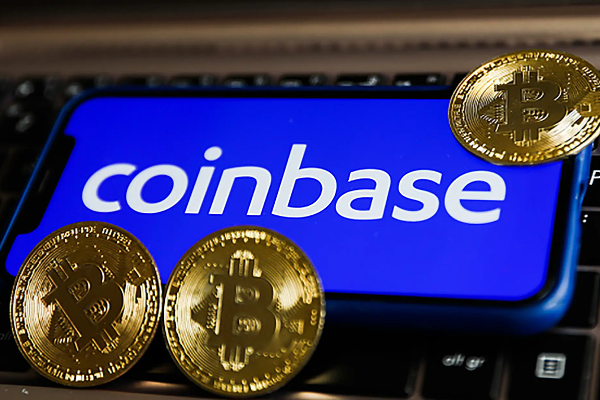JELLY tokens go bad after Hyperliquid exploits $6 million

The JELLY token debacle on Hyperliquid is the latest DeFi vulnerability in a year marked by hacks.
Suspicious trading activity led decentralized exchange Hyperliquid to delist the Jelly-my-Jelly (JELLY) memecoin, with details of the breach emerging over the course of days.
In 2025, there have already been historic breaches in the decentralized finance space, which is grappling with oversight and security issues. In the Bybit hack, North Korean hackers stole $1.4 billion in February alone.
The JELLY incident, in which a whale exploited the Hyperliquid exchange’s liquidation parameters and made off with millions of dollars, is just the latest vulnerability to rock the industry.
Observers have harshly criticized Hyperliquid’s response to the short squeeze, with some even comparing it to the ill-fated FTX. Here’s a look at how the incident unfolded.
JELLY Token Price Plummets Before Hyperliquid Exploit
Iqram Magdon-Ismail, co-founder of Venmo, launched the JELLY token as part of the JellyJelly Web3 social media project. After its launch on January 30, the token price plummeted from $0.21 to $0.01 about 10 days later.
While the coin initially had a market cap of nearly $2.5 billion, by March 26, it was valued at only about $25 million.
Airdrop Squeeze on JellyJelly
The short squeeze on the JellyJelly token occurred in just a few hours on March 26. According to Arkham Intelligence’s post-mortem, this is what happened:
The exploiter deposited $7 million in three separate Hyperliquid accounts to leverage the illiquid JELLY token.
Two accounts held long JELLY positions of $2.15 million and $1.9 million, respectively, while another account held a short position of $4.1 million to offset the short positions of other accounts.
As the price of JELLYJELLY rose, the short positions were closed, but the volume was too large to close normally.
The short positions were transferred to the Super Liquidity Provider Vault (HLP).
Meanwhile, miners could withdraw seven-figure PnLs from it. At this point, the price of JELLY had risen 400%.
The exploiters began to withdraw funds, but Hyperliquid quickly restricted their accounts. Instead of continuing to withdraw funds, they began selling their JELLY positions.
Hyperliquid Closes Jelly Market
As traders began to sell their remaining JELLY positions, Hyperliquid closed the token market. According to Arkham, the exchange closed the Jelly market at $0.0095, which was also the price at which the third account made the short trade.
Hyperliquid announced on X-Day that it would delist perpetual futures trading for the JELLY token, citing "evidence of suspicious market activity."
Related: Cryptocurrency Long and Short Positions Explained
"Except for the flagged addresses, all users will be compensated from the Hyper Foundation," the exchange said. This will be done automatically based on on-chain data in the coming days.
The company further acknowledged that HLP took a hit when it was carrying a long position, but said that HLP had a positive net income of $700,000 in the past 24 hours: "We will make technical improvements, learn lessons, and make the network stronger."
Crypto Observers Criticize Hyperliquid
Some market observers were not impressed with Hyperliquid's handling of the situation. Bitget CEO Gracy Chen wrote: "Its handling of the $JELLY incident was immature, unethical, and unprofessional, causing user losses and raising serious doubts about its integrity." "
She said the exchange "may be on its way to becoming FTX 2.0," and that the decision to shut down the JELLY market and settle positions at favorable prices "sets a dangerous precedent."
Bitget Wallet COO Alvin Kan told Cointelegraph that the Jelly debacle was just another example of how capricious price action based on hype can be.
"The JELLY incident is a stark reminder that hype without fundamentals will not last […] In DeFi, momentum can drive short-term attention but cannot build sustainable platforms," he said.
The market will continue to expose projects built on speculation rather than utility, he concluded.
BitMEX founder Arthur Hayes seemed to suggest that the reaction to the JELLY incident was overblown, writing on X: "Let's stop pretending that hyper-liquidity is decentralized. And stop pretending that traders actually care." "
Earlier in March, the exchange had already taken action against leveraged trading, raising margin requirements for traders after its HLP lost millions of dollars in a massive ether liquidation.
RELATED Hyperliquid Raises Margin Requirements After $4 Million in Liquidation Losses
Hayes may be right, though — those “degen” traders who are at peace with the risks of DeFi may just call it a day and move on. Moreover, it doesn’t look like a clear legal framework for DeFi will be forthcoming anytime soon, at least in the U.S. There may be no pressure or oversight beyond user reaction to prompt “decentralized exchanges” to change their ways.
The real irony of this bug is that it seems like everyone lost a lot — the exchanges, the traders, and even the exploiters.
Traders deposited a total of $7.17 million into their accounts, but were only able to withdraw $6.26 million, with about $900,000 remaining in the Hyperliquid account. If they are able to get their funds back, the bug will cost them about $4,000; if they can’t, they could lose nearly $200,000. 1 million US dollars.









